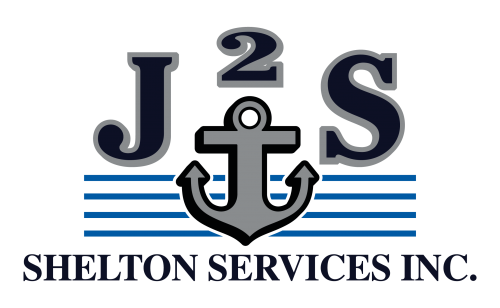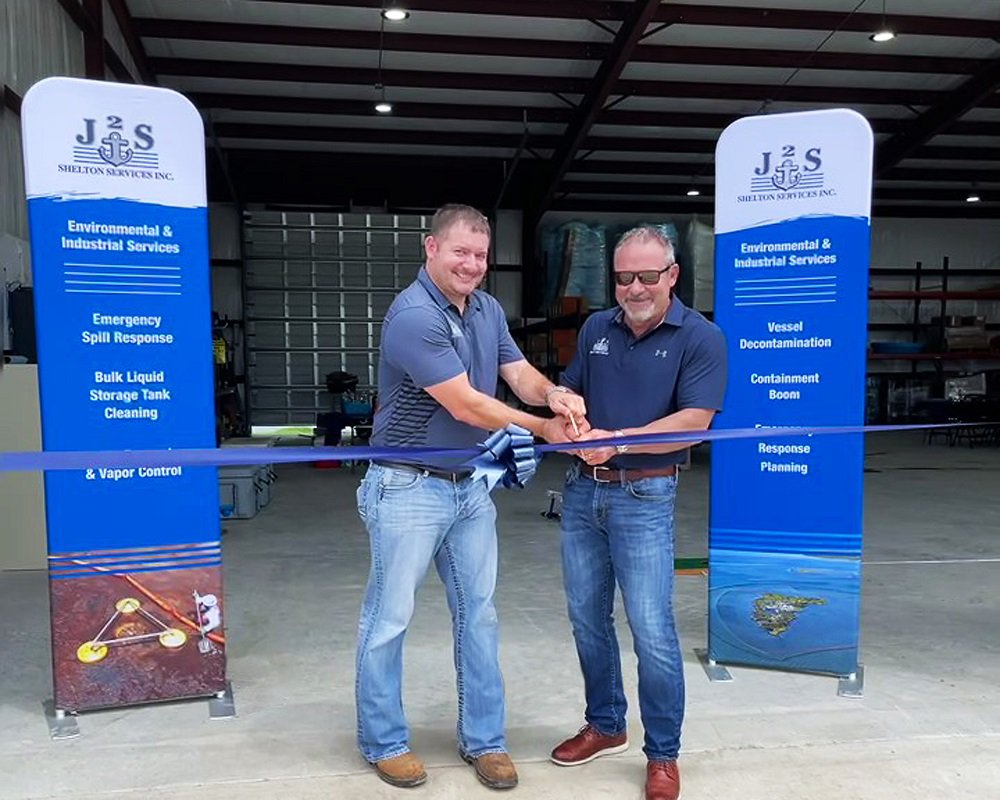A MACT standard, or Maximum Achievable Control Technology standard, is developed to reduce hazardous air pollutant (HAP) emissions.
On October 9, 2019, the EPA proposed revisions to the Generic MACT (GMACT) Standards. These revisions impact various sectors, including OLD MACT (Organic Liquid Distribution other than gasoline) and EMACT (Ethylene facilities). In July 2020, the EPA published its final changes to GMACT. The aim of generic MACT standards is to reduce the regulatory burden associated with separate rulemakings. These changes are intended to decrease volatile organic compound (VOC) emissions and ensure facilities adhere to a 98% destruction efficiency with control technologies mandated by NESHAP (National Emissions Standard for Hazardous Air Pollutants).
Key points to note include amendments to MACT that eliminate most exemptions during SSM events and ensure continuous application of CAA (Clean Air Act) 112 Standards. This shift will significantly affect facilities not governed under an NSR permit, California SCAQMD, or those outside Texas. The new standards closely align with Texas NSR requirements and California’s SCAQMD for HAP emissions control, which mandate controlled degassing of tanks to specific levels. Under the updated MACT requirements, for facilities considered major sources of HAPS (10 tons per year of a single HAP or 25 tons per year of all HAPs combined), tanks meeting certain criteria will require controlled degassing to <10 percent of LEL.
The implications for facilities subject to these new requirements are substantial. Many facilities not previously mandated by an NSR permit or SCAQMD will now need to meet controlled degassing requirements for tanks that were previously exempt from emission control during SSM events.
Regulated entities affected by these changes include Organic Liquid Distributors, encompassing sites that store and distribute organic liquids other than gasoline, totaling 177 facilities. Producers of ethylene from refined petroleum or liquid hydrocarbons are also impacted. Additionally, there are new monitoring requirements for flares used as control devices, necessitating costly investments in equipment to meet the standards. These flares will be subject to Refinery MACT provisions, with some modifications, to ensure 98% destruction efficiency of VOCs. In many instances where vapors from emission sources during SSM events need to be controlled, it may be more practical to employ mobile combustion technologies such as Thermal Oxidizers and Internal Combustion Engine Systems for emissions control and to conduct controlled tank degassing to the required levels before releasing emissions into the atmosphere.
According to the EPA’s assessment of storage tanks subject to inspection every 10 years (and not located in Texas or under SCAQMD), the new MACT standards are expected to reduce HAP emissions by 74 tons per year. This review is just one of many considered by the EPA when establishing the MACT standards. It is worth noting that these tanks are often taken out of service for reasons other than the mandatory 10-year inspection.
When will facilities need to comply with the new standards? Existing facilities are required to meet the new MACT standards within three years from the final publication of changes, which is expected by July 2023. Facilities that began construction or reconstruction on or before October 21, 2019, will be required to comply with the new standards either upon initial startup or within three years from the publication date, depending on which is later.
This article provides a high-level overview of the new standards, with a primary focus on the new requirements for tank degassing. To ensure compliance, it is essential to review the new standards and explore control options. Shelton Services can assist in meeting these requirements related to tank degassing and vapor control during SSM events, and they can be reached at (866) J2S-6780.







